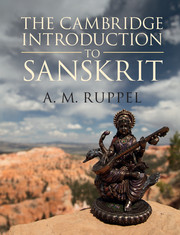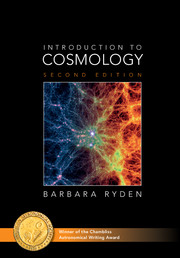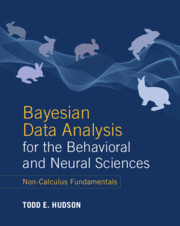Refine search
Actions for selected content:
36856 results in Cambridge Textbooks
Bibliography
-
- Book:
- First Peoples in a New World
- Published online:
- 16 September 2021
- Print publication:
- 07 October 2021, pp 390-447
-
- Chapter
- Export citation
Notes
-
- Book:
- First Peoples in a New World
- Published online:
- 16 September 2021
- Print publication:
- 07 October 2021, pp 334-389
-
- Chapter
- Export citation
10 - When Past and Present Collide
-
- Book:
- First Peoples in a New World
- Published online:
- 16 September 2021
- Print publication:
- 07 October 2021, pp 307-333
-
- Chapter
- Export citation
9 - Settling in
-
- Book:
- First Peoples in a New World
- Published online:
- 16 September 2021
- Print publication:
- 07 October 2021, pp 268-306
-
- Chapter
- Export citation
3 - The Search for Ice Age Americans
-
- Book:
- First Peoples in a New World
- Published online:
- 16 September 2021
- Print publication:
- 07 October 2021, pp 58-89
-
- Chapter
- Export citation
Plates
-
- Book:
- First Peoples in a New World
- Published online:
- 16 September 2021
- Print publication:
- 07 October 2021, pp xii-xii
-
- Chapter
- Export citation

The Science and Application of Positive Psychology
-
- Published online:
- 04 October 2021
- Print publication:
- 21 December 2021
-
- Textbook
- Export citation

The Cambridge Introduction to Sanskrit
-
- Published online:
- 30 September 2021
- Print publication:
- 17 March 2017
-
- Textbook
- Export citation

The Cambridge Grammar of Classical Greek
-
- Published online:
- 30 September 2021
- Print publication:
- 21 March 2019
-
- Textbook
- Export citation

Introduction to Cosmology
-
- Published online:
- 30 September 2021
- Print publication:
- 17 November 2016
-
- Textbook
- Export citation

Bayesian Data Analysis for the Behavioral and Neural Sciences
- Non-Calculus Fundamentals
-
- Published online:
- 30 September 2021
- Print publication:
- 24 June 2021
-
- Textbook
- Export citation
Copyright page
-
- Book:
- Formal Models of Domestic Politics
- Published online:
- 20 October 2021
- Print publication:
- 30 September 2021, pp iv-iv
-
- Chapter
- Export citation
Figures and Table
-
- Book:
- Formal Models of Domestic Politics
- Published online:
- 20 October 2021
- Print publication:
- 30 September 2021, pp x-xii
-
- Chapter
- Export citation
Contents
-
- Book:
- Formal Models of Domestic Politics
- Published online:
- 20 October 2021
- Print publication:
- 30 September 2021, pp vii-ix
-
- Chapter
- Export citation
5 - Delegation
-
- Book:
- Formal Models of Domestic Politics
- Published online:
- 20 October 2021
- Print publication:
- 30 September 2021, pp 107-131
-
- Chapter
- Export citation
Acknowledgments
-
- Book:
- Formal Models of Domestic Politics
- Published online:
- 20 October 2021
- Print publication:
- 30 September 2021, pp xiii-xiv
-
- Chapter
- Export citation
3 - Special Interest Politics
-
- Book:
- Formal Models of Domestic Politics
- Published online:
- 20 October 2021
- Print publication:
- 30 September 2021, pp 52-78
-
- Chapter
- Export citation
2 - Electoral Competition under Uncertainty
-
- Book:
- Formal Models of Domestic Politics
- Published online:
- 20 October 2021
- Print publication:
- 30 September 2021, pp 27-51
-
- Chapter
- Export citation
Preface
-
- Book:
- Formal Models of Domestic Politics
- Published online:
- 20 October 2021
- Print publication:
- 30 September 2021, pp xv-xviii
-
- Chapter
- Export citation
Dedication
-
- Book:
- Formal Models of Domestic Politics
- Published online:
- 20 October 2021
- Print publication:
- 30 September 2021, pp v-vi
-
- Chapter
- Export citation
